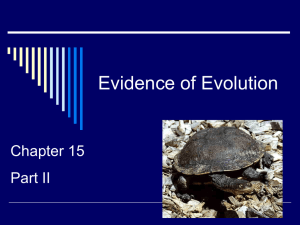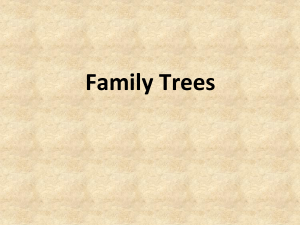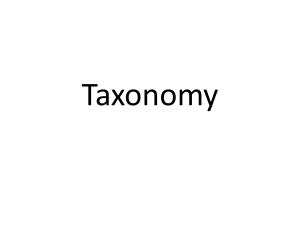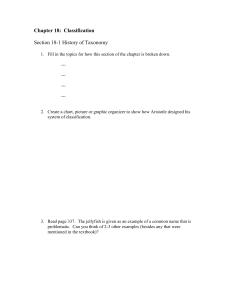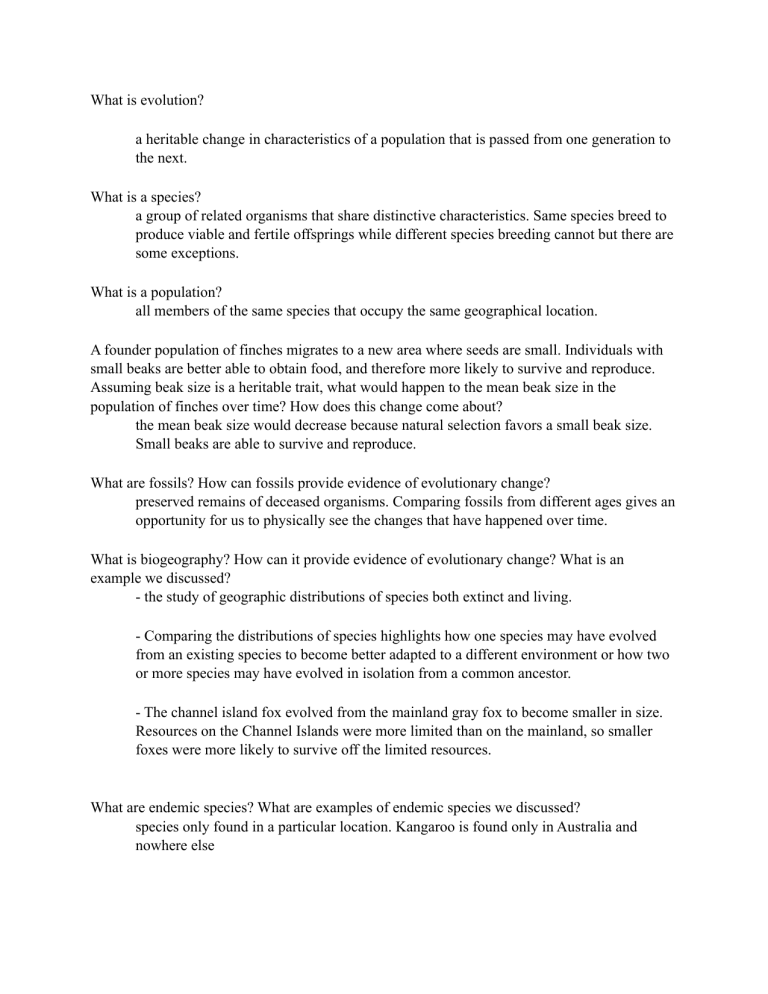
What is evolution? a heritable change in characteristics of a population that is passed from one generation to the next. What is a species? a group of related organisms that share distinctive characteristics. Same species breed to produce viable and fertile offsprings while different species breeding cannot but there are some exceptions. What is a population? all members of the same species that occupy the same geographical location. A founder population of finches migrates to a new area where seeds are small. Individuals with small beaks are better able to obtain food, and therefore more likely to survive and reproduce. Assuming beak size is a heritable trait, what would happen to the mean beak size in the population of finches over time? How does this change come about? the mean beak size would decrease because natural selection favors a small beak size. Small beaks are able to survive and reproduce. What are fossils? How can fossils provide evidence of evolutionary change? preserved remains of deceased organisms. Comparing fossils from different ages gives an opportunity for us to physically see the changes that have happened over time. What is biogeography? How can it provide evidence of evolutionary change? What is an example we discussed? - the study of geographic distributions of species both extinct and living. - Comparing the distributions of species highlights how one species may have evolved from an existing species to become better adapted to a different environment or how two or more species may have evolved in isolation from a common ancestor. - The channel island fox evolved from the mainland gray fox to become smaller in size. Resources on the Channel Islands were more limited than on the mainland, so smaller foxes were more likely to survive off the limited resources. What are endemic species? What are examples of endemic species we discussed? species only found in a particular location. Kangaroo is found only in Australia and nowhere else What is convergent evolution? What is an example of convergent evolution? two different species that have independently evolved similar characteristics because they live in similar habitats. The giant anteater and echidna are different species that are found in different continents, but they have both independently evolved to have long snouts and tongues because they both occupy a similar habitat and feed on ants What is selective breeding? What is an example? when humans breed other organisms to have particular traits. What is homology? similarity due to having common ancestors What is anatomical homology? What is an example? different organisms having similar anatomical structures due to being from a common ancestor. For example humans, bats, turtles and whales all have the same arrangement of bones in the forearm, but the bones have evolved over time to serve different purposes. What are vestigial structures? What is an example? structures that have no apparent function, but at one time were useful and served a purpose. For example, humans have a tailbone even though they do not have a tail. An ancestor that humans evolved from had a tail that served a purpose. In humans, the tailbone is now a relic from our evolutionary past. What is developmental homology? What is an example? species that show similarities during embryonic development indicating that they have evolved from a common ancestor.For example, early human embryos have gill slits even though adult humans don’t have gills, which indicates that humans share a common ancestor with fish What is genetic and molecular homology? What is an example? Many diverse organisms have similar gene sequences and metabolic pathways indicating that the genes and metabolic pathways arose early in evolutionary time in a common ancestor. For example, many diverse species share common gene sequences. In class, we compared the amino acid sequence of the p53 protein between different organisms. The more recently two organisms shared a common ancestor, the more similar their gene sequences are expected to be. For example, if we compare human gene sequences to chimpanzees and dogs we see more similarities with chimps because we shared a common ancestor more recently with chimps than with dogs so there has been less time for change between humans and chimps compared to humans and dogs.


